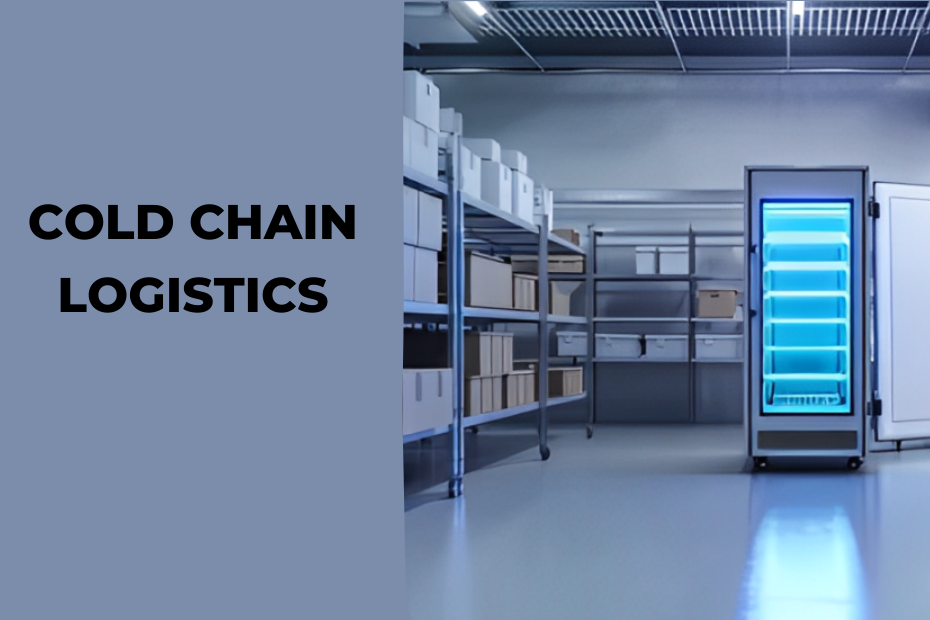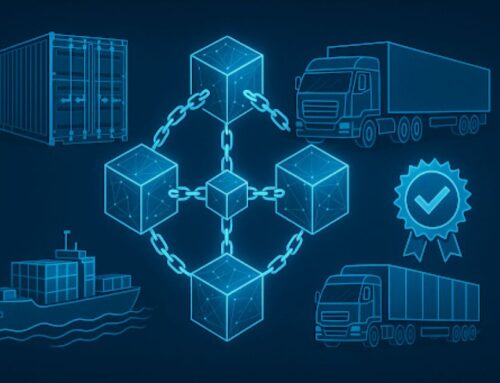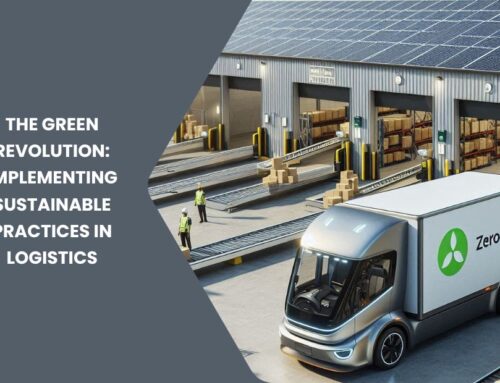Cold chain logistics is a critical component in the transportation of temperature-sensitive goods, including pharmaceuticals, fresh produce, dairy products, and vaccines. The importance of maintaining precise temperature conditions throughout the supply chain cannot be overstated, as deviations can lead to spoilage, degradation, and loss of product efficacy. This article delves into the best practices for ensuring quality and safety in cold chain logistics, highlighting the key strategies and technologies that help maintain the integrity of perishable goods from production to consumption.
Cold chain logistics is increasingly essential in today’s global economy. With the rise in demand for fresh foods, biologics, and pharmaceuticals, the need for robust cold chain solutions has never been greater. Ensuring that these products maintain their quality and safety from origin to destination is a complex task that requires advanced technology, meticulous planning, and adherence to stringent regulatory standards.
Understanding Cold Chain Logistics
Cold chain logistics refers to the process of storing and transporting temperature-sensitive products while maintaining their required temperature ranges throughout the supply chain. This involves using refrigerated storage facilities, temperature-controlled vehicles, and specialized packaging to ensure that products remain within their designated temperature ranges from the point of origin to the final destination.
The complexity of cold chain logistics requires meticulous planning and execution. Factors such as temperature control, packaging, transportation, and real-time monitoring play crucial roles in maintaining product integrity. Understanding these components is essential for anyone involved in the logistics of perishable goods. For instance, the transportation of vaccines requires maintaining a strict cold chain from the manufacturer to the end user, ensuring that the efficacy of the vaccine is not compromised.
Temperature Control and Monitoring
(Diagram Title: Key Practices in Temperature Control for Cold Chain Logistics
Caption: “Essential practices for maintaining temperature control in cold chain logistics include real-time monitoring, effective packaging, and leveraging advanced technologies.”)
Maintaining precise temperature control is paramount in cold chain logistics. Temperature fluctuations can lead to accelerated spoilage, reduced shelf life, and compromised product quality. Utilizing advanced temperature monitoring systems, such as IoT sensors and data loggers, helps ensure continuous monitoring of temperature conditions throughout the supply chain.
These systems provide real-time data and alerts, allowing logistics managers to respond promptly to any deviations. For example, IoT-enabled devices can monitor temperature, humidity, and other environmental conditions, transmitting this data to a centralized platform where it can be analyzed and acted upon immediately. Real-time monitoring is crucial for high-value pharmaceuticals, where even minor temperature excursions can result in significant financial loss and health risks.
Effective Packaging Solutions
Choosing the right packaging materials is crucial for maintaining the desired temperature conditions of perishable goods. Insulated containers, gel packs, dry ice, and phase change materials are commonly used to provide the necessary thermal protection during transit.
Packaging not only needs to insulate but also protect the goods from physical damage and contamination. The selection of packaging materials should be based on the specific requirements of the product, the duration of transit, and the external environmental conditions. Proper packaging ensures that temperature-sensitive products arrive in optimal condition, maintaining their safety and quality. Advanced packaging solutions, such as vacuum-insulated panels and temperature-controlled pallet shippers, are increasingly being used to enhance thermal protection.
Leveraging Technology
The integration of advanced technologies such as IoT, blockchain, and AI is transforming cold chain logistics. IoT devices enable real-time monitoring of temperature and other critical parameters, ensuring that any deviations are detected and corrected promptly. Blockchain technology provides a secure and transparent ledger of the product’s journey, enhancing traceability and trust among stakeholders.
AI and predictive analytics can optimize route planning, inventory management, and demand forecasting, further enhancing the efficiency and reliability of cold chain logistics. By leveraging these technologies, companies can achieve greater control over their supply chains and ensure the safety and quality of their products. For example, predictive analytics can help forecast potential disruptions and allow for proactive adjustments, minimizing the risk of temperature excursions.
Partnering with Reliable Logistics Providers
Collaborating with experienced and reliable logistics providers is essential for successful cold chain management. These providers have the necessary infrastructure, expertise, and resources to handle temperature-sensitive products with care. They also stay abreast of regulatory requirements and industry best practices, ensuring compliance and minimizing risks.
Choosing the right logistics partner involves evaluating their capabilities, track record, and technological advancements. A reliable provider can offer customized solutions that meet the specific needs of different products, ensuring seamless and efficient cold chain operations. For instance, logistics providers like FedEx and UPS have developed specialized services and solutions to support the unique requirements of cold chain logistics.
Training and Workforce Management
The human element in cold chain logistics is equally critical. Proper training of personnel involved in handling, storing, and transporting temperature-sensitive goods is vital. Employees should be well-versed in operating temperature control equipment, understanding the importance of maintaining specific temperature ranges, and following protocols to prevent contamination.
Regular training programs and certifications help ensure that the workforce is knowledgeable about the latest technologies and best practices in cold chain management. This continuous education is crucial for maintaining high standards of quality and safety in the logistics process. Companies like Maersk and DHL invest heavily in training their staff to handle cold chain logistics effectively.
Regulatory Compliance
Compliance with regulatory requirements is a cornerstone of cold chain logistics. Adhering to guidelines such as Good Distribution Practices (GDP) and standards set by organizations like the International Air Transport Association (IATA) ensures that temperature-sensitive goods are handled and transported safely.
Regulatory compliance involves maintaining detailed records of temperature conditions, implementing robust monitoring systems, and ensuring that all processes meet the stringent standards required for transporting perishable goods. This compliance not only ensures product safety but also protects companies from legal and financial repercussions. For example, the European Union and the United States have strict regulations governing the transportation of pharmaceuticals, requiring comprehensive documentation and real-time monitoring.
In conclusion, ensuring quality and safety in cold chain logistics involves a multifaceted approach that includes maintaining precise temperature control, utilizing effective packaging solutions, leveraging advanced technologies, partnering with reliable logistics providers, training the workforce, and adhering to regulatory requirements. By implementing these best practices, companies can ensure the integrity of temperature-sensitive products throughout the supply chain, enhancing customer satisfaction and achieving operational excellence. Embracing these strategies will ensure that companies are well-prepared to meet the challenges and demands of modern cold chain logistics. As the global demand for temperature-sensitive products continues to rise, adopting and refining these practices will be crucial for sustaining quality and safety in the logistics industry.









